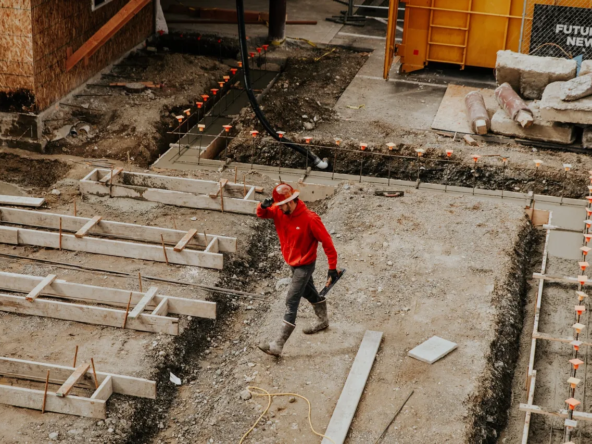Lee Quaile
Broker of Record
The past two years have not been an easy time for anyone who’s been looking to get into the housing market. When prices haven’t been at dizzying, record-setting heights as they were in 2021 and early 2022, the highest interest rates in 15 years have stepped right in to compensate for falling prices – making the dream of home ownership just as difficult to realize for prospective first time buyers. It’s been a frustrating experience, and one that’s forced many young people to turn to the rental market as at least a short-term solution for housing.
Predictably, this dynamic has put our rental market under a great deal of pressure as demand has caught up with and, in many areas, outstripped supply in spite of record numbers of new construction units coming available in 2022 and 2023. CMHC’s latest rental market report, published at the end of January, places Waterloo Region’s vacancy rate at just 1.2 per cent – the lowest it’s been in 20 years, and a precipitous drop from last year’s figure of nearly 2 per cent. At the same time, the average cost to rent a two-bedroom apartment in Waterloo Region (the main benchmark used by CMCH is a two-bedroom unit) rose by more than seven per cent, to $1,469/month. But keep in mind that for new renters, this number will have been much, much higher. In fact, two bedroom apartments that turned over in 2022 were re-rented at an average of 25.6 per cent more than they would have fetched in 2021.
Meanwhile, there’s been a noticeable cascade effect on rental markets in Waterloo which have traditionally catered to the out-of-town student demographic. With more and more people being forced into the rental market, students are suddenly finding themselves priced out of accommodations – being forced to compete with young professionals or even families for housing in and around Uptown and the university district. According to CMHC’s report:
“The return of international migration and students to the classroom was of particular importance in the tightening KCW rental market. Ontario has seen a strong rebound of immigration non-permanent residents and study permits in 2021–2022. These patterns were likely reflected in KCW, where non-permanent residents are a large source of rental demand. Furthermore, KCW has, in 2022, seen a surge in permanent-resident admissions, surpassing levels in 2021 (a record year).
Post-pandemic adjustments in the student rental market have continued in 2022, contributing to increased demand. These adjustments include the resumption of in-person studies and the ability of graduating and work-term students to remain local for longer due to work-from-home arrangements. While these adjustments are likely to have a diminishing effect over time, market intelligence suggests that they haven’t yet fully played out.”
In a recent article published by CTV News Kitchener, conversations with students reveal that nicely-appointed two bedroom units handy to school are now starting at around $2,000/month, with even just a single room in a decent house easily demanding $1,000/month. ne are the days of the $400 or $500 bedroom! As a result of the increasing cost of housing, says the interviewee, some students are reconsidering maintaining a residence in Waterloo at all – rather, opting to come in and out of town every day for lessons by bus from surrounding areas. In effect, taking a step towards turning WLU and UW into ‘commuter schools’, something we haven’t seen before in Waterloo.
In other news, WRAR has just released the first statistics of 2023, giving us a glimpse of how Waterloo Region’s resale market has been performing since the new year. What we are seeing is largely a continuation of the dominant trend of 2022 – prices are coming back down to earth, while high interest rates put the brakes on overall activity. The average sale price of a home in Waterloo Region this past month stood at $764,063 – which is a drop of 20.1 per cent from the same time last year. Detached homes fetched an average of $888,487 (down 21.5 per cent annually) and semi-detached properties averaged $650,588 (also down by 21.5 per cent), while apartment style condos fell by a less impactful 9.3 per cent to $495,753.
Meanwhile, indicators of what is a very slow market – even for the season – included a decrease of over 13 per cent in the number of new properties brought to market this past January (579), properties sold during the same period (297 – a drop of more than 40 per cent), and average time spent on market before selling – now approaching a month at 25 days. It can be easy to forget what normality looks like given the ups and downs of the past three years, but longer periods of time spent on-market are giving buyers time to take stock of what’s currently available and to ready their finances in what is a challenging time for mortgage holders. We’ll definitely be looking for activity to pick up once again as spring approaches, and as interest rates show signs of stabilizing.




